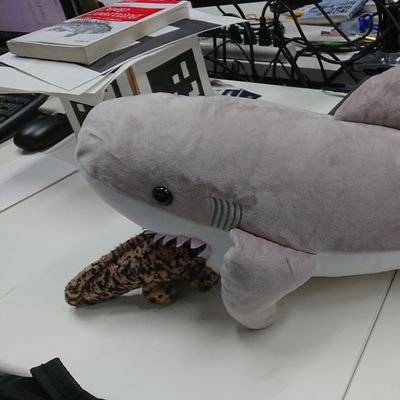結果
| 問題 | No.72 そろばん Med |
| コンテスト | |
| ユーザー |
 kei kei
|
| 提出日時 | 2018-04-24 00:37:37 |
| 言語 | C++14 (gcc 15.2.0 + boost 1.89.0) |
| 結果 |
WA
|
| 実行時間 | - |
| コード長 | 2,831 bytes |
| 記録 | |
| コンパイル時間 | 1,496 ms |
| コンパイル使用メモリ | 165,304 KB |
| 実行使用メモリ | 5,376 KB |
| 最終ジャッジ日時 | 2024-06-27 15:45:20 |
| 合計ジャッジ時間 | 2,539 ms |
|
ジャッジサーバーID (参考情報) |
judge5 / judge4 |
(要ログイン)
| ファイルパターン | 結果 |
|---|---|
| sample | AC * 3 |
| other | AC * 3 WA * 21 |
ソースコード
#include "bits/stdc++.h"
using namespace std;
typedef long long ll;
typedef pair<int, int> pii;
typedef pair<ll, ll> pll;
const int INF = 1e9;
const ll LINF = 1e18;
template<class S,class T> ostream& operator << (ostream& out,const pair<S,T>& o){ out << "(" << o.first << "," << o.second << ")"; return out; }
template<class T> ostream& operator << (ostream& out,const vector<T> V){ for(int i = 0; i < V.size(); i++){ out << V[i]; if(i!=V.size()-1) out << " ";} return out; }
template<class T> ostream& operator << (ostream& out,const vector<vector<T> > Mat){ for(int i = 0; i < Mat.size(); i++) { if(i != 0) out << endl; out << Mat[i];} return out; }
template<class S,class T> ostream& operator << (ostream& out,const map<S,T> mp){ out << "{ "; for(auto it = mp.begin(); it != mp.end(); it++){ out << it->first << ":" << it->second; if(mp.size()-1 != distance(mp.begin(),it)) out << ", "; } out << " }"; return out; }
/*
<url:https://yukicoder.me/problems/no/72>
問題文============================================================
コンピュータが登場する前、計算する道具といえば「そろばん」だった。
今回は、そのそろばんがテーマの問題である。
一般的なそろばんは、一列だけ見ると、5つ珠があり0〜9まで表すことができる。
これは、1列に串刺し状の上部1つの珠と下部4つの珠に分けて、
下部の動いている珠の数、上部の動いている珠分さらに5を足すという数の表現方法を行う。
つまり上部は、下部の数の繰り上がり数と見ることができる。
このとき、Ursaは特殊なそろばんを思いついた。
一列に使える珠の合計をN個とし、上部と下部に使える珠の数は、合計でN個であれば自由に決めることができるとする。
この時、一列分で表現できる最大の数を求めてください。
ただし、表現方法としてできるのは、それぞれの珠の上げ下げの状態のみで判断するとする。
中途半端に動かすなどできないとし、上部・下部はそれぞれ連続に並んでいる珠なので3つ目が動くなら、
1つめ2つ目も連動して動くような機構であるとする。
また、0から最大の数まで一意的な表現ができるとする。
=================================================================
解説=============================================================
================================================================
*/
const ll MOD = 1e6+7;
ll solve(){
ll res = 0;
ll N; cin >> N;
res = (N/2)%MOD*(N-N/2)%MOD + N%MOD;
res %= MOD;
return res;
}
int main(void) {
cin.tie(0); ios_base::sync_with_stdio(false);
cout << solve() << endl;
return 0;
}
